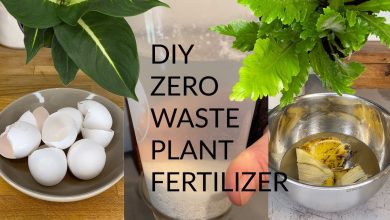Black Peat: [Characteristics, Obtaining, Properties and Use]

Important points about Black Peat:
- What is black peat? It is a compound that originates from the treatment of organic matter in areas called peat bogs.
- Which is better, blonde or black peat? The benefits of each type of peat will be applicable to each case according to the specific needs of the crops.
- How do you get black peat? Black peat is achieved by transforming the organic matter that exists in areas where there is a high accumulation of it.
- What components does black peat have? The main component of black peat is coal, which accounts for almost 59%. The second element that it has in greater quantity is oxygen, which has up to 33%.
- What are the properties of black peat? One of its properties is that it allows the creation of a superficial layer in the soil to cover the base area or improve its conditions, so that the roots of the plants grow more easily.
- What is black peat used for? Black peat is very useful as a substrate in the agricultural world, especially when working with seedbeds and cuttings. Also, it can be added to soils that have problems retaining moisture.
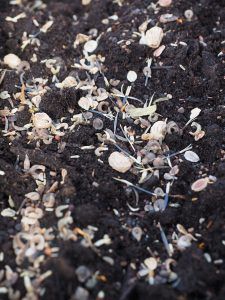 Black peat is one of the versions that peat bogs can offer us for the development of agricultural fields or home gardens.
Black peat is one of the versions that peat bogs can offer us for the development of agricultural fields or home gardens.
It is a substrate that is used more or less frequently, although in general it is not very nutritious.
In addition, it usually has a slightly acidic pH because the organic matter with which it is formed is highly modified.
It represents a great option for planting and here we will give you all the details you need to know about it. Do you dare to join us?
What is black peat?
It is a compound that originates from the treatment of organic matter in areas called peat bogs. In these, the accumulation of plant matter is subjected to a work process that is generated due to the high level of humidity and poor oxygenation.
Black peat occurs in the deeper parts of peat bogs where access to sunlight is even less.
All of these factors influence the creation of a spongy and adaptable compound that is ideal for growing plants. Black peat is not very acidic, being able to reach up to 8 pH points and has almost no nutrients.
It owes its name to the fact that it is a dark peat, a color that owes to the level of transformation that the organic matter that forms it has.
Which is better, blonde or black peat?
The benefits of each type of peat will be applicable to each case depending on the specific needs of the crops. Thus, we can see the following differences:
- Acidity: Blonde peat is much more acidic than black peat, making it very useful for plants that are acid-type, like hydrangeas.
- Moisture retention: Moisture retention is a primary factor when choosing a good growing medium and blond peat is much better for this purpose than black peat.
- Nutrients: neither of the two peats has a quantity of nutrients that is worth mentioning, so it is necessary to support them with organic matter to achieve good results in crops.
For plants that need acidity, blond peat is the best without a doubt. However, black peat can be useful on a general level. Because its composition is so good that it has sometimes been considered as if it were a universal substrate.
How do you get black peat?
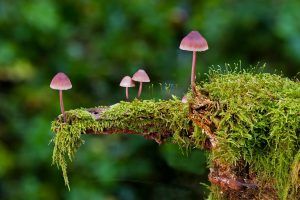 Black peat is achieved by transforming the organic matter that exists in areas where there is a high accumulation of it.
Black peat is achieved by transforming the organic matter that exists in areas where there is a high accumulation of it.
The origin of this organic matter is probably from mosses that accumulated hundreds of years ago.
Then, as there is a high concentration of humidity (peat bogs are generally swamps), a low temperature and little oxygen, the microorganisms act. The first thing you get is the charcoal that you have surely seen before.
Later, this continues to decompose until it reaches that earthy texture that peats have.
What components does black peat have?
The main component of black peat is carbon, logical after knowing that charcoal is also formed right there. In measure, coal represents almost 59%.
The second element that it has in greater quantity is oxygen, which has up to 33%.
Black peat also possesses hydrogen and nitrogen. In the first case it is 6%, while in the second it would be 2%. As you can see, black peat does not have the basic nutrients for plant development, nitrogen is very low and there is no phosphorus or potassium.
What are the properties of black peat?
Black peat is a highly decomposed version of organic matter whose condition gives it the following properties:
- It allows the creation of a superficial layer in the soil to cover the base area or to improve its conditions, so that the roots of the plants take hold and grow more easily.
- The pronounced decomposition of the particles reduces the amount of fiber present in the structure, which helps the peat to conform better to the area where it will be established.
- The previous point causes, in turn, that the black peat is not very aerated and that the flow of water passes slowly through its holes, so it retains water well.
- It has a low level of acidity, which makes it easy to use with any type of crop, since it is adaptable, allowing its properties to be adjusted when mixing with other substrates (with blond peat, for example).
- Accepts the mixture with various nutrients, allowing to enhance the productive capacities of the soil and distributing them more or less evenly throughout the surface, thus helping the roots to find what they need.
What is black peat used for?
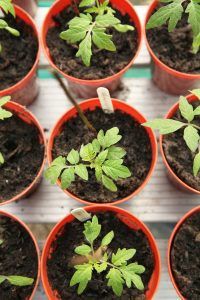 Logically, black peat is very useful as a substrate for the agricultural world, especially when working with seedbeds and cuttings.
Logically, black peat is very useful as a substrate for the agricultural world, especially when working with seedbeds and cuttings.
In any case, it can be added to soils that have problems retaining moisture because it helps a lot in this matter.
In other areas, black peat is also used in whiskey production processes and as fuel after it is dry.
Black peat is a highly valued compound in the world of agriculture because it is one of the most widely used substrates. In fact, if we combine its usefulness with that of blonde peat, we could say that it is the most common for crops of all kinds.
Thanks to its properties and the way it is produced, it is a resource with a low ecological impact, which greatly increases its benefits. And as they sell it in any agricultural store, it is very easy to access it and at not inconsiderable prices.
What do you say? Have you already used black peat for your own home garden?
Bibliographic references
- BLACK PEAT DEPOSITS IN THE AREA OF TAMAZUNCHALE, SLP, R OJEDA, O RIVERA – 1974 – pascal-francis.inist.fr
- Study of peat and poultry waste from broiler chicken as a component of culture substrates, MM Delgado Arroyo… – International journal…, 2016 – scielo.org.mx
- Influence of the type of peat used in the manufacture of an organomineral fertilizer on the characteristics of a crop, M Tejada, JA Espejo, C Benitez, JL González – Itea, 1996 – aida-itea.org
- Peat and zeolite as supports for microbial inoculants with fertilizing action, A Núñez – ICIDCA. About Sugar Cane Derivatives, 2009 – redalyc.org
- EFFECT OF THE USE OF DIFFERENT PEATS IN THE FORMULATION OF SUBSTRATES AND ITS INFLUENCE ON THE DEVELOPMENT OF LETTUCE SEEDLINGS (Lactuca sativa L.), AE Mazzuco, MA Sangiacomo, M Garbi – 2008 – hort.unlu.edu.ar
Maybe you are also interested in:

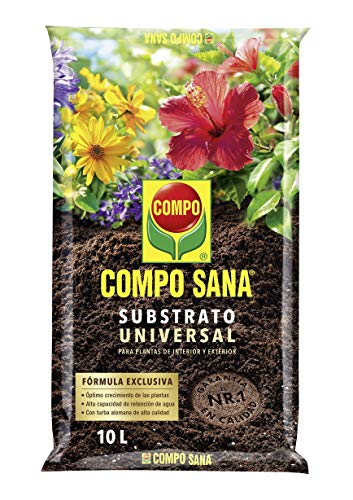
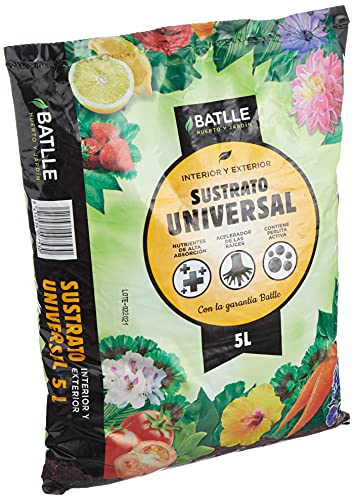
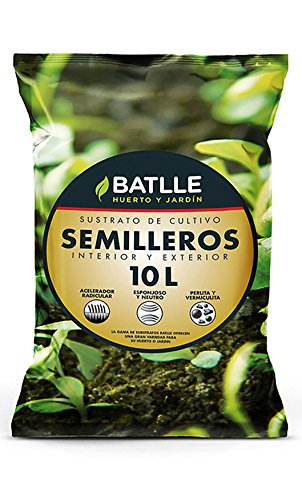
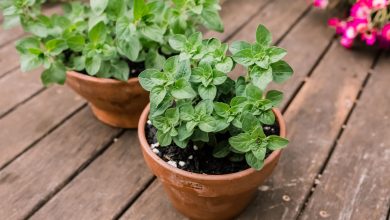
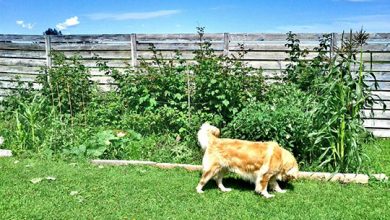
![Photo of Cultivating Passion Fruit in Spain: [Cultivation, Care, Pests and Diseases]](https://www.complete-gardening.com/wp-content/uploads/2022/08/cultivating-passion-fruit-in-spain-cultivation-care-pests-and-diseases-390x220.jpg)
